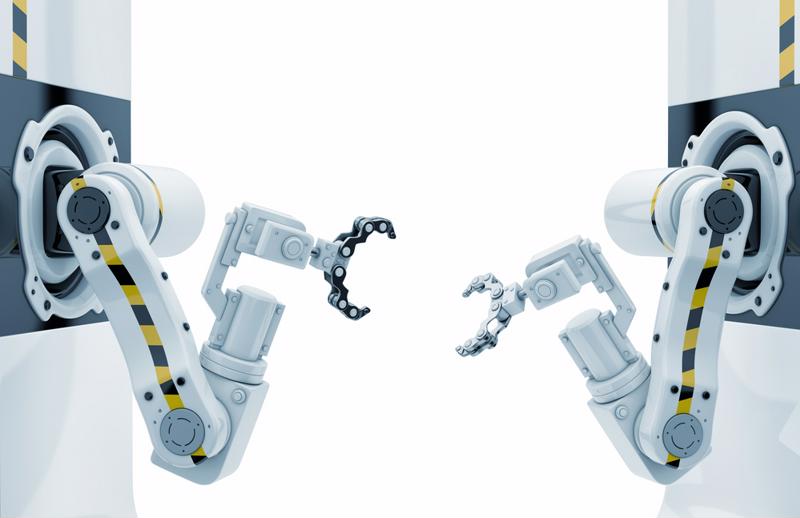
IoT and the rise of hyperautomation
By Max BurkhalterMarch 22, 2022
Artificial intelligence (AI) allows machines to perform tasks with increased efficiency with a reduction in the need for human interface. Robotic process automation (RPA) is the term used to describe this uptick in sovereignty for machines once dependent on tasking directly from us.
So what happens when AI and RPA fully integrate in order to execute processes without any need for our input?
The result is hyperautomation, and thanks to advances in the Internet of Things (IoT), we're already there. IoT connectivity between smart devices and the resulting machine learning processes of shared technologies has paved the way for exciting advances in both business and industry.
Here are the ways hyperautomation could revolutionize productivity outcomes for multiple sectors.
Pandemic positive?
The global COVID-19 pandemic forced ingenuity in the face of a reduced workforce and the limited interaction capabilities of human workers. Labor shortages resulted in an uptick of hyperautomation integration for many industries.
As documented by IBM, Deloitte utilized RPA to increase the productivity of their management report processes to staggering effects. In order to generate the monthly reports vital to the business, employees were tasked with manually inputting information from multiple systems and sources into hundreds of Microsoft Excel spreadsheets. This process required many hours and employees, all operating under strict deadlines. The rise of the pandemic complicated this effort further — until Deloitte discovered a hyperautomation solution.
By introducing IBM's robotic process management bots, each armed with AI capabilities, the work that would have previously required up to eight business days was accomplished in one hour.

Banking industry embraces hyperautomation
The financial sector also turned to RPA solutions in the wake of the pandemic. The rise of digital platforms, combined with disruption in the global economy and a reduction of the workforce required a pivot to increasingly automated levels of service.
A report published by Toolbox outlined three significant hyperautomation implementations for the financial sector.
- By automating cross-functional services, human resources could focus on ensuring the customer experience was maximized.
- RPA, combined with machine learning capabilities, zeroed in on predictive patterns and trends that benefitted bankers, processing data in high volumes that humans would never be able to handle efficiently. This data processing could be leveraged to calculate sound areas of investment opportunity with a degree of certainty based on the vast amount of predictive analysis.
- Finally, the introduction of RPA bots reduced human efforts related to document verification, flagging and monitoring risk.
Hyperautomation afforded financial institutions the opportunity to maximize their efficiencies in a time where human resources were greatly decreased.
Partners in innovation
Perle systems is proudly offering IoT solutions for today's business leaders. Visit our industrial automation page to learn how Perle device connectivity hardware is making factories run more efficiently. Perle process automation solutions enable virtually any type of device to connect to a corporate network. From industrial ethernet switches to fiber media converters, Perle has the solutions your business needs to increase operational efficiency.



